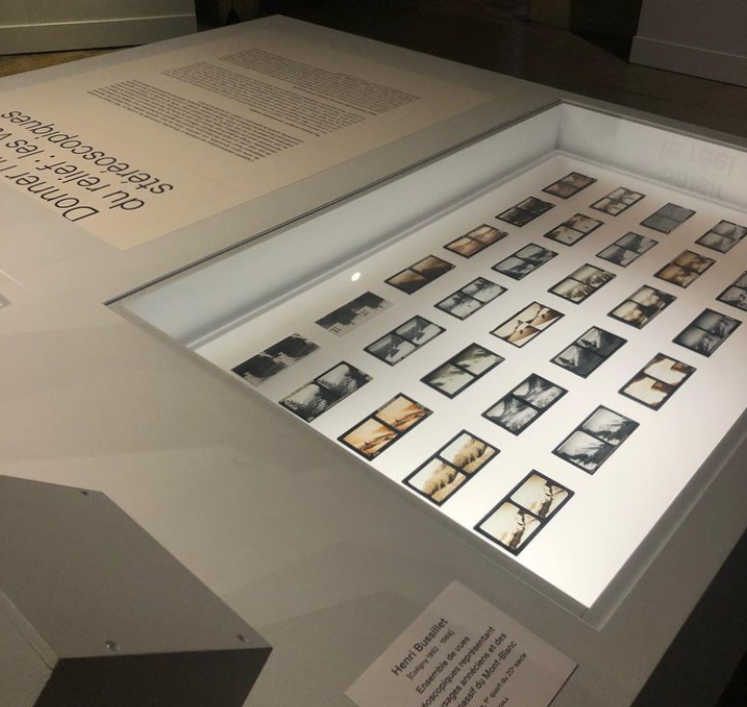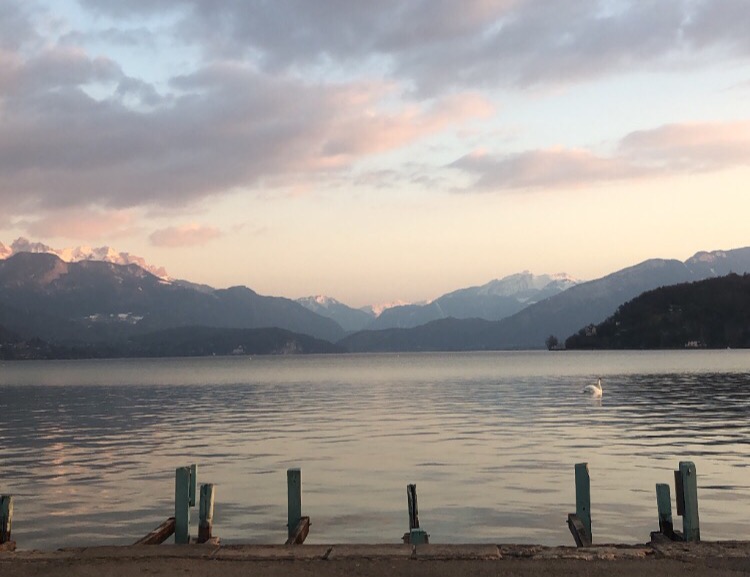Taking it all in – how visiting a French museum taught me to slow down.
A recent article by Tate has found out that on average, visitors only spend 8 seconds looking at each piece of art. “A visit to a museum or art gallery can sometimes be an overwhelming experience. With so many works on display, trying to see everything can feel like a race against the clock.” To counter this, they are encouraging ‘slow looking’ – persuading visitors to get comfortable staring at a piece of art, noticing more the more time they spend with it.
It is not only paintings that reward a longer look. Installations in museums, sculptures, artefacts, and written pieces all lend themselves to the viewer giving them more time - and life too. Galleries, museums, and moments alike are places that reward slowness. Often quiet with little noise other than the shuffling of feet, they can be meditative experiences – why do we rarely treat them as such?
I recently spent a week in the French Alps alone. I had all the time in the world, and it was completely at the disposal of my own meandering interests. One day, I booked a coach to Annecy and had 7 hours to spend there before my return. There, I visited the Musee Chateau d'Annecy, situated on the top of a hill, a refreshingly cool, quiet space with an archaeological exhibit, a chronological alpine photography collection, and installations amongst a history of painting the Alps, and other collections.
The plaques around the museum were in French – descriptions of the art, or historical context and analyses of the pieces. They were unreadable and kept from me unless I made a conscious effort to translate them. Using a translating app, I could hover my camera over each section of the text, and it would turn to English before my eyes. To understand the exhibit, I translated the first plaque and read it in its entirety, then the next one, and the next. Because I couldn’t skim-read the information or choose parts to read by picking out keywords with a brief glace, I either had to translate none of the plaques or all of them – and I opted for all.

It was a long process, taking a photo of all the text in each exhibit and reading through it, but it was such a deliberate act that it felt as if, for one of the first times, I was properly museuming. I realised that we often have a habit of looking at the title of the artwork and moving on, or skim-reading a plaque that describes its date of composition and leaving our curiosity there. Here, I knew no information about each piece without actively seeking it out, thus, my curiosity was heightened. Having to ‘laboriously’ translate each section of text forced me to read and understand each piece and truly spend time with it. It became a deliberate act of appreciation that was almost meditative.

The deliberateness of my day continually struck me. The amount of time I had, combined with the act of translating and reading all the text meant that almost the whole exhibition has stuck with me, and so has the feeling of fully occupying a moment.
After the museum, I sat by the lake at sunset and did nothing other than look out across it for over an hour, fully inhabiting the moment. On another day, I had the option of cycling home or staying a little longer in the square looking at the backdrop of the Alps behind the buildings of Chambery. I did the latter. Staying with me after visiting the museum was the desire to be slower and fully occupy the space I was in. I treated each view, coffee, pastry, or beer like the plaques and art in the museum.

Post a comment